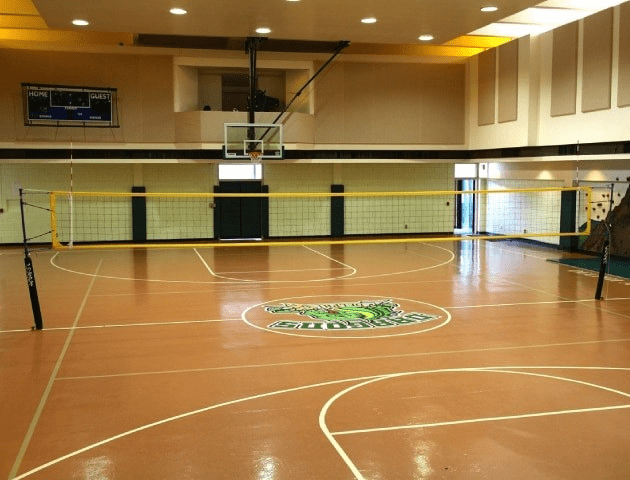In the list of volleyball attacks, passing is a key move. So much that the success of the game depends on it! That’s why volleyball players must know how to properly use the passing technique.
Let’s dig deeper into the rules of passing and understand why this is such an important skill to have as a volleyball player.
Tip: When planning a game of volleyball, whether a proper tournament or a playful beach volleyball, you must choose volleyball net systems that are safe to use and easy to install, like the ones Cobra Net Systems sells. Check them out here.
What is Volleyball Passing?
A volleyball pass is when the opposing team’s attack ends, and your team’s attack begins. After you resist your opponent’s attack, you should aim to make a successful pass and pass the ball to one of your teammates
At the start, a pass goes over the volleyball net. Then, it’s the volleyball passer’s turn to receive the incoming ball and not allow it to land on their side of the volleyball court.
That’s not all. As a passer, you’ll also have to organize the attack with your team to get points. You can do this by aiming the ball at a setter — if you’re successful, the setter can carry on the game successfully.


How Many Times Are You Allowed to Pass?
Volleyball players should always pass the ball correctly. The passing rules state that a team can’t touch the volleyball more than thrice. After that, you have to send the ball over to the opponent’s side.
Different Types of Passes
You can pass the ball in two different ways: a forearm pass or an overhead pass. As a passer, you’ll have to analyze the game’s situation and then pass the ball to your setter in the best way possible.
Forearm Passing
Also called a bump pass, it makes it easier for the players to control the ball as they need to prepare for contact with the ball in advance.
When making a forearm pass, you need to create a platform with your arm to make it possible to send the ball to the setter in a controlled way. After that, it’s the setter’s job to carry on the game.
Overhead Passing
Often, it’s more convenient and efficient to send the ball overhead. This pass makes it possible to send the volleyball to your setter quickly.
All you have to do is contact the ball with your fingers and simultaneously take an overhead action.
Sometimes, you’ll have to make an overhead pass to prevent the volleyball from landing on your court. In such a situation, overhead passing helps a lot!
Shop Volleyball Court Systems Online
Need reliable volleyball net systems? Reach out to us at Cobra Net Systems. Our tournament-quality volleyball net systems are designed keeping safety and ease of setup in mind. You can depend on us whether you need indoor or outdoor volleyball net systems.
Our volleyball nets don’t use guy wires or ropes, making them completely safe to use. They also offer a one-person setup and superior net play, ensuring you enjoy a good game.

